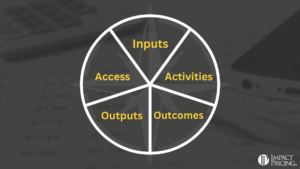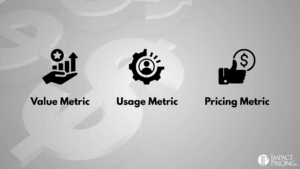Question: I am confused by the terminology around Value and Willingness to Pay (WTP). I may get $100 of value but only willing to pay $50. Could you clarify?
Answer: In my mind, Value and WTP are the exact same thing. How much do you value something? That’s the amount you should be willing to pay to get it. Willingness to Pay and Value are the most a buyer would spend to acquire a specific product, service or benefit.
Here are a couple of other definitions that will help our understanding:
Economic Value
The amount of money a company makes or saves by using this product. This is “truth”. Of course we estimate it before purchase and we may measure it after implementation. Think of this as the true value of the product. Obviously, this makes the most sense with B2B buyers.
Perceived Value
This is the amount of value a buyer thinks they are getting. It’s actually the same thing as value as described above, but by using the word perceived it emphasizes that it’s what goes on in the buyer’s mind, and it may not be true. For example, the buyer may not believe your economic value calculations. What they believe is what matters when it comes to their Willingness to Pay. In B2C, perceived value dominates. How much do you value a pair of Levi 505 jeans? Different people have different perceptions. In my mind, all “Value” is perceived value.
A Real Life Example of Economic Value and Perceived Value
In your original question you said, “I may get $100 of value”. I interpret that to mean I may get $100 of economic value. You then said, “but only willing to pay $50.” I interpret that to mean your perceived value is $50. How is this possible?
How much would I pay for an ounce of gold? Since I’m not interested in investing in gold, I would buy it then turn around and sell it. It had better be worth my time and effort. The price of gold is currently $1,458/ounce. I’m guessing about the hassle, but I would pay $1,200 for an ounce. The economic value is obviously $1,458 but I only value it at $1,200.
In most transactions, the economic value is much higher than the willingness to pay, usually due to the risk and/or competitive factors.
I hope that helps.
Photo used for this article: ethereumcode.io
© 2019 Ethereum Code, All Rights Reserved.















